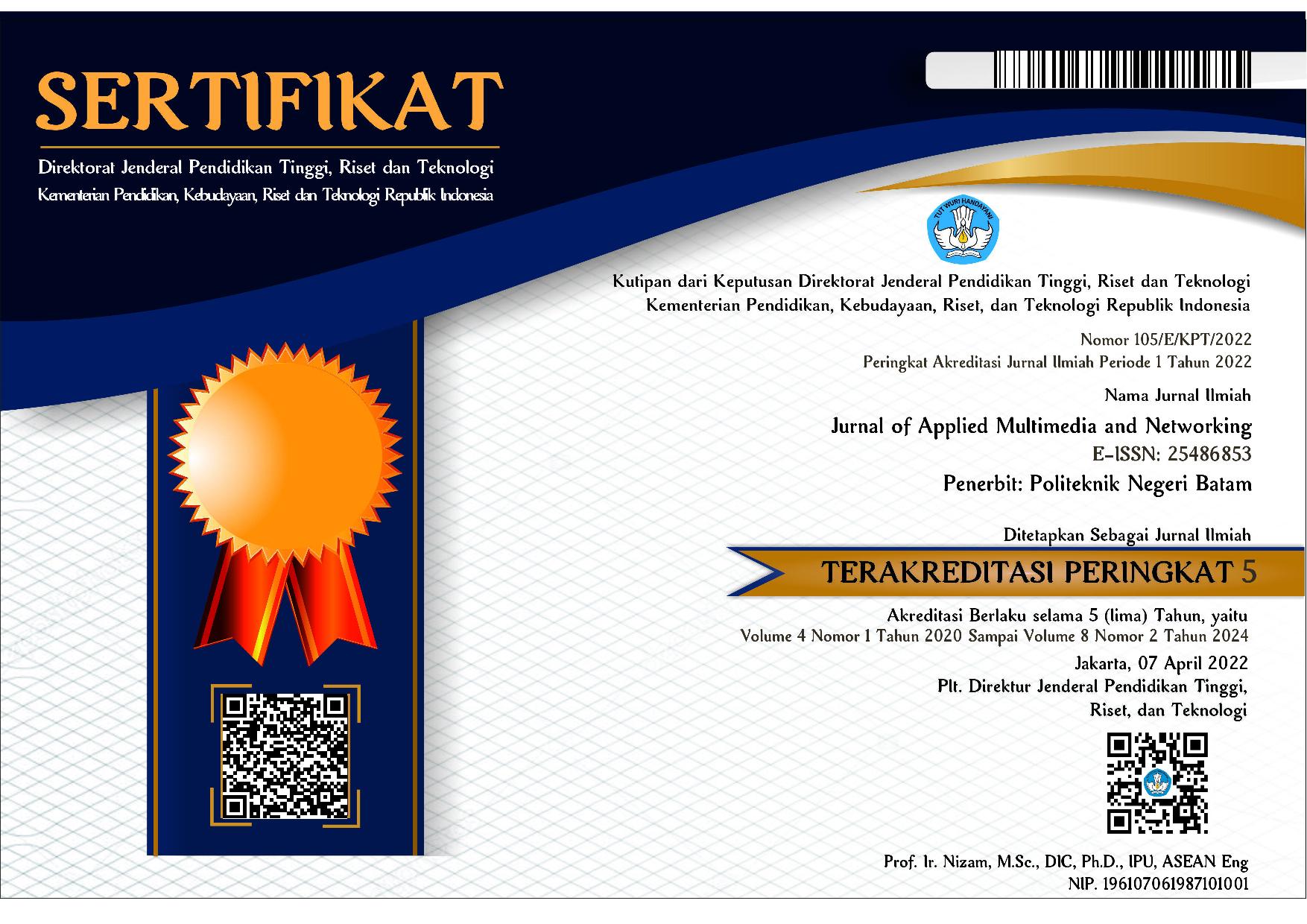The Effectiveness of Using Motion Capture and Pose-to-Pose Techniques in Animating Bengkulu Traditional Dance
DOI:
https://doi.org/10.30871/jamn.v7i2.6783Keywords:
motion capture, pose-to-pose, traditional dance, bengkuluAbstract
Animation techniques are evolving in accordance with the times. Motion capture is one of the most popular animation techniques today. The motion capture method has a number of drawbacks. Problems with bodily mobility, in particular, that are not captured on video. We studied how to use the pose-to-pose technique to solve movement issues in motion capture techniques, as well as how motion capture can produce complexly animated movements, such as those found in traditional Bengkulu dance movements. The research design follows a methodical approach to media production, beginning with pre-production and ending with post-production. The result in this study shows, many traditional Bengkulu dance movements in animated videos that only used motion capture techniques did not match the original movements, particularly those of the wrists, fingers, thighs, and knees, according to the results of a twenty-person experiment. On the other hand, respondents believe that animated videos using motion capture and pose-to-pose techniques are the same as the original movements. This means that motion capture and pose-to-pose techniques work better for creating traditional Bengkulu dance movements.









